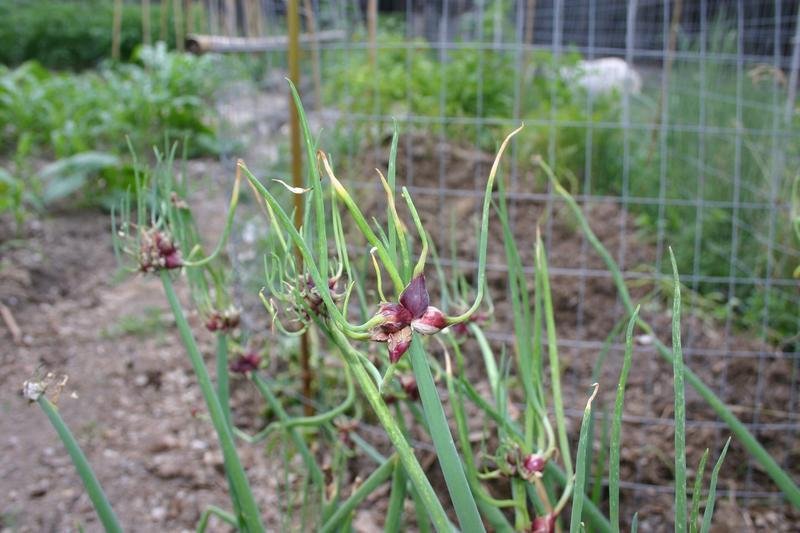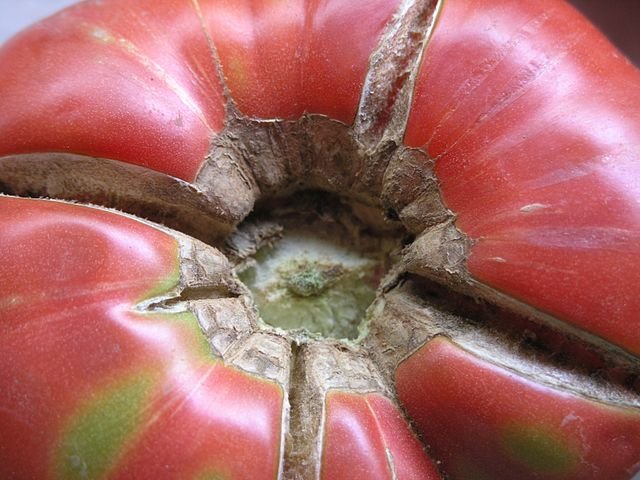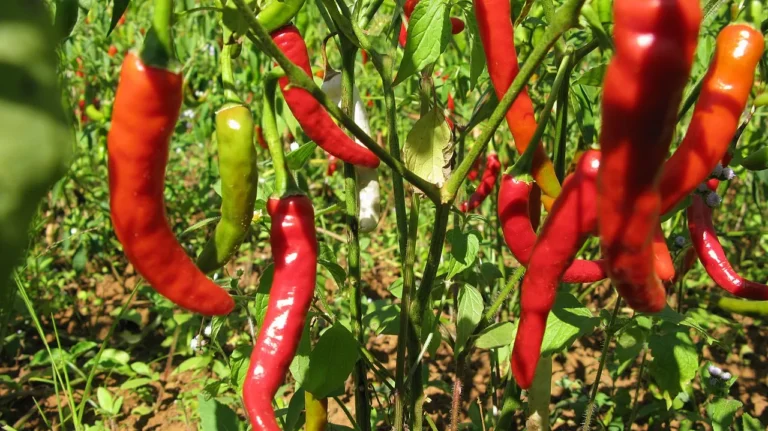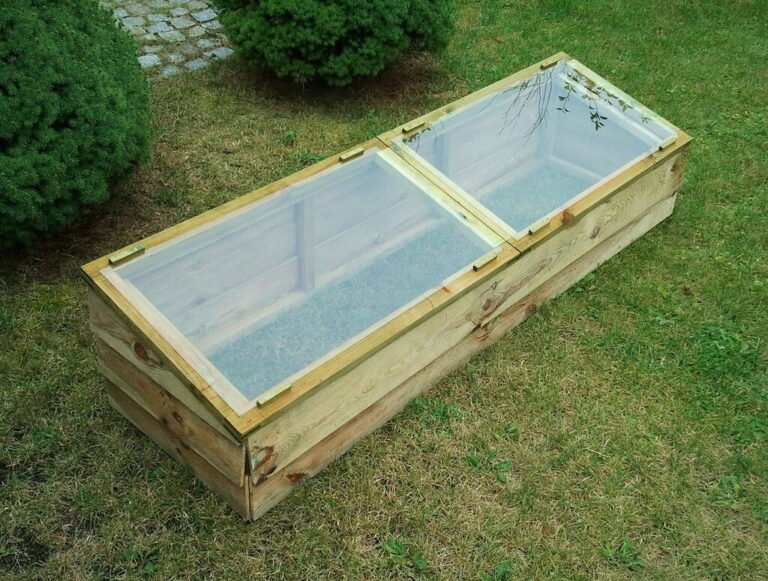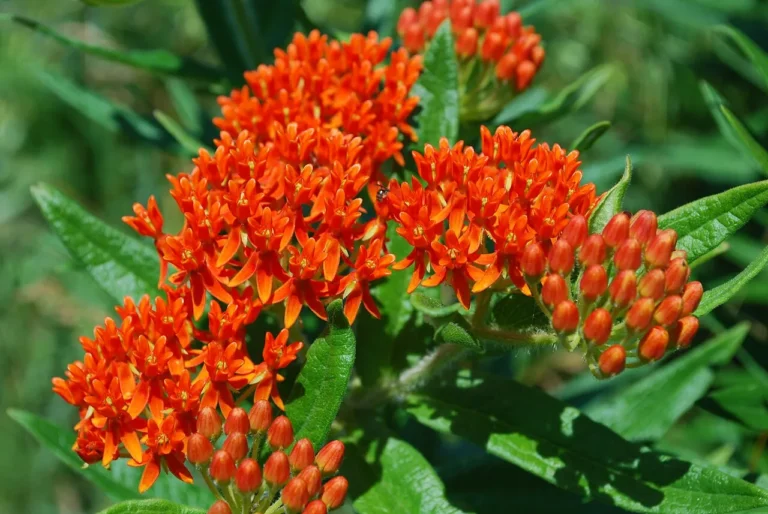Growing Walking Egyptian Onions: A Guide to Cultivating Hardy and Unique Onions
Walking Egyptian Onions, also known as tree onions, topsetting onions, or Allium × proliferum, are a fascinating addition to any garden. Unlike traditional onions, these perennial plants are known for their “walking” ability, where they produce bulbils atop tall stems that eventually bend to the ground, planting themselves to grow new plants. This self-propagating feature, combined with their hardiness and unique flavour, makes them a favourite among both novice and experienced gardeners.
What Makes Walking Egyptian Onions Special?
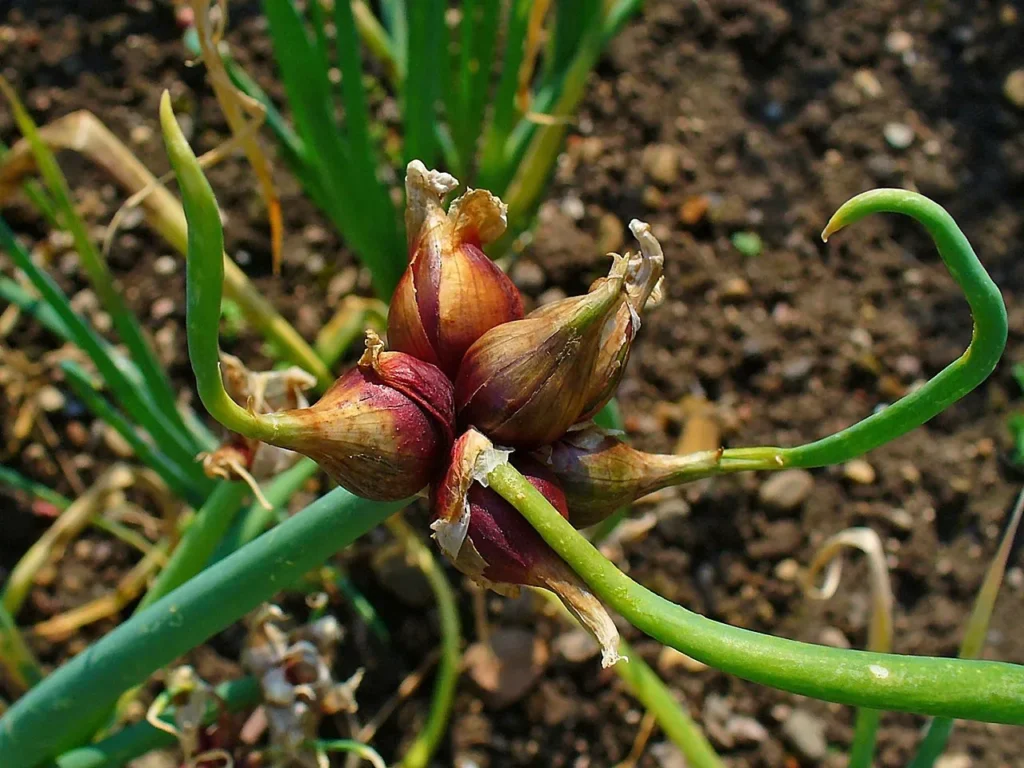
Self-Propagating: The most distinctive feature of Walking Egyptian Onions is their ability to “walk” across your garden. As the topsets grow and mature, their weight causes the stalks to bend and touch the ground, allowing the bulbils to take root and grow into new plants.
Perennial Growth: Once established they can provide a continuous crop year after year without the need for replanting, making them an excellent choice for permaculture gardens.
Flavourful and Versatile: The onions have a stronger flavour than common onions but milder than shallots, making them perfect for a variety of culinary uses, from fresh salads to cooked dishes.
How to Grow Walking Egyptian Onions
Planting
When to Plant: Early spring is the best time to plant Egyptian Onions, but they can also be planted in the fall in milder climates.
Soil and Sunlight: Choose a sunny location with well-draining soil. Although they are adaptable to a range of soil types, a neutral to slightly acidic pH is preferred.
Planting: Plant the bulbils (topsets) about 1 inch deep and 6 to 8 inches apart. If planting clusters of bulbils, space the clusters about 12 inches apart to give them room to spread.
Watering: Regular watering is crucial during the first few weeks to help establish the plants. Once established they are quite drought-tolerant, but consistent moisture will ensure a healthy crop.
Fertilizing: Apply a balanced fertilizer at planting and an additional feeding in early spring.
Harvesting

Greens: The green stalks can be harvested anytime they are of sufficient size to use as green onions or scallions.
Bulbils: Harvest the topsets in late summer when they are large and well-formed. You can replant some immediately and store the rest in a cool, dry place for future planting.
Bulbs: The underground bulbs can be harvested in the fall, like traditional onions. They tend to be smaller but are excellent for cooking.
Winter Care
Walking Egyptian onions are hardy perennials that can withstand cold temperatures. In colder climates, the plants will die back during winter and reemerge in spring. Mulching around the base of the plants with straw or leaves can help insulate the bulbs and protect them from freezing temperatures.
Culinary Uses
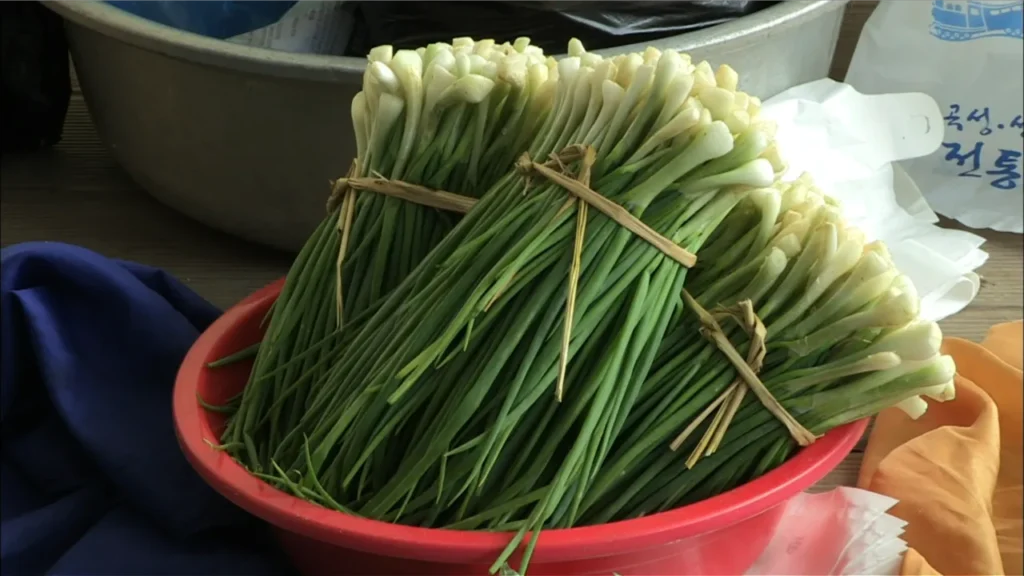
Walking Egyptian onions offer a unique and pungent flavour that is prized in cooking. The green shoots and bulbs can be used in a variety of dishes, including salads, stir-fries, soups, or as a garnish. They can be used as a substitute for traditional onions or green onions, adding a distinctive and flavourful twist to your culinary creations.
Walking Egyptian Onions FAQ
Can Walking Egyptian Onions survive winter?
Yes, Walking Egyptian Onions are hardy perennials that can survive winters in many climates. In extremely cold regions, a layer of mulch can help protect the plants.
How do I stop them from spreading too much?
To control their spread, you can harvest the topsets before they fall to the ground or designate a specific area for them to grow, like a raised bed or a contained garden plot.
Are Walking Egyptian Onions invasive?
While they are vigorous growers and can spread if not managed, they are not typically considered invasive. Regular harvesting of bulbils can help keep their growth in check.
How long until I can harvest Walking Egyptian Onions after planting?
You can start harvesting the green shoots as soon as they’re large enough to use. For bulbils and bulbs, expect to wait until their second growing season for significant harvests.You can start harvesting the green shoots as soon as they’re large enough to use. For bulbils and bulbs, expect to wait until their second growing season for significant harvests.
Can I grow Walking Egyptian Onions in containers?
Yes, Walking Egyptian Onions can be grown in containers, provided the container is deep enough to accommodate their roots and has good drainage. Regular watering and feeding are crucial since container plants can’t access nutrients from the ground.
Additional Resources
Final Thoughts
Walking Egyptian Onions are not only a practical and productive garden crop but also a conversation starter due to their unique growing habits. Their ability to “walk” across your garden, self-propagate, and offer delicious produce makes them a must-have for any gardener looking to add both beauty and utility to their gardening endeavors.

